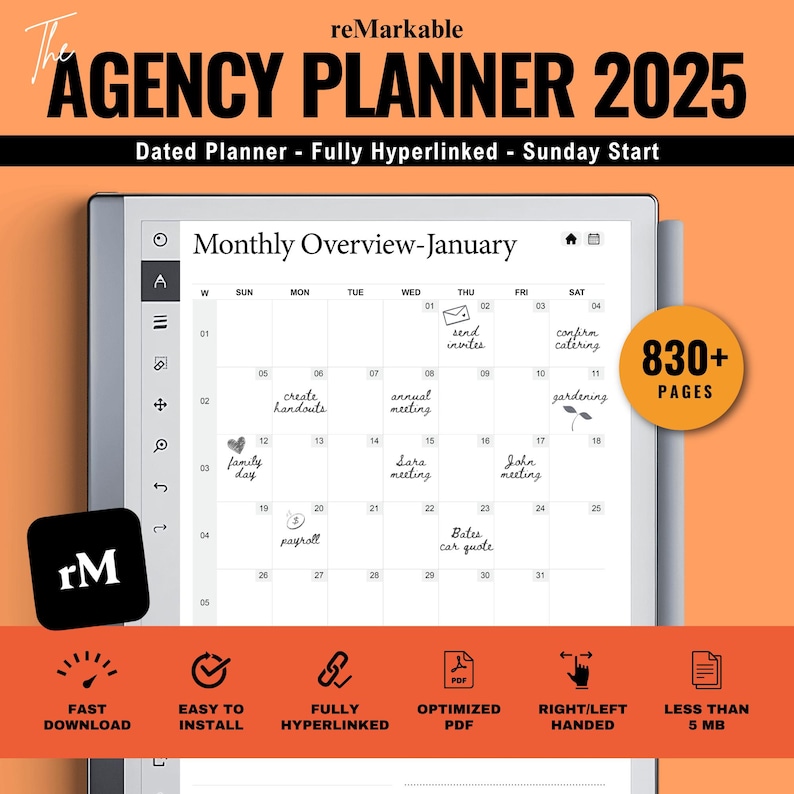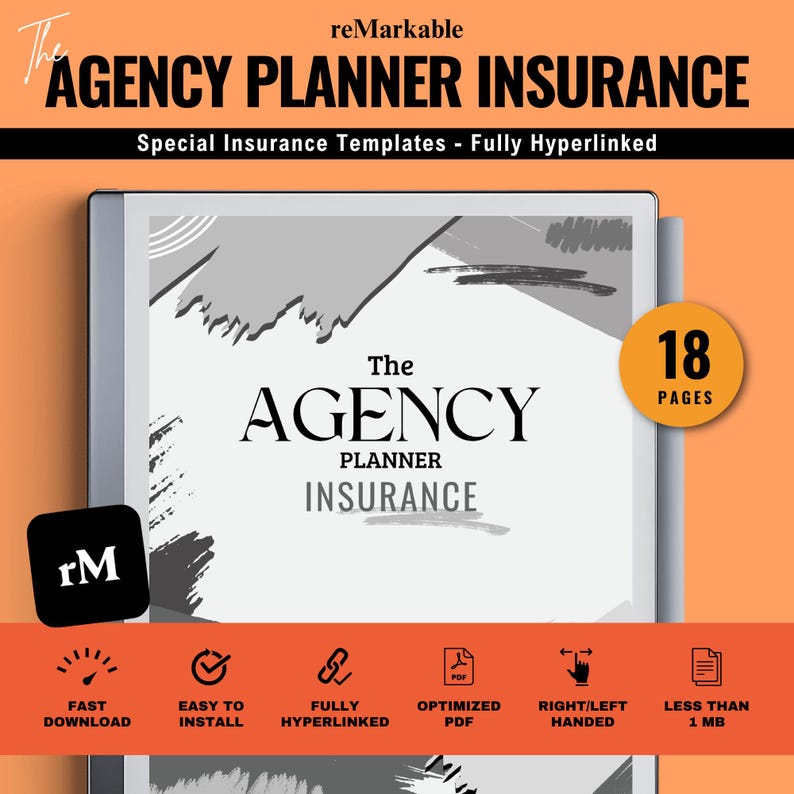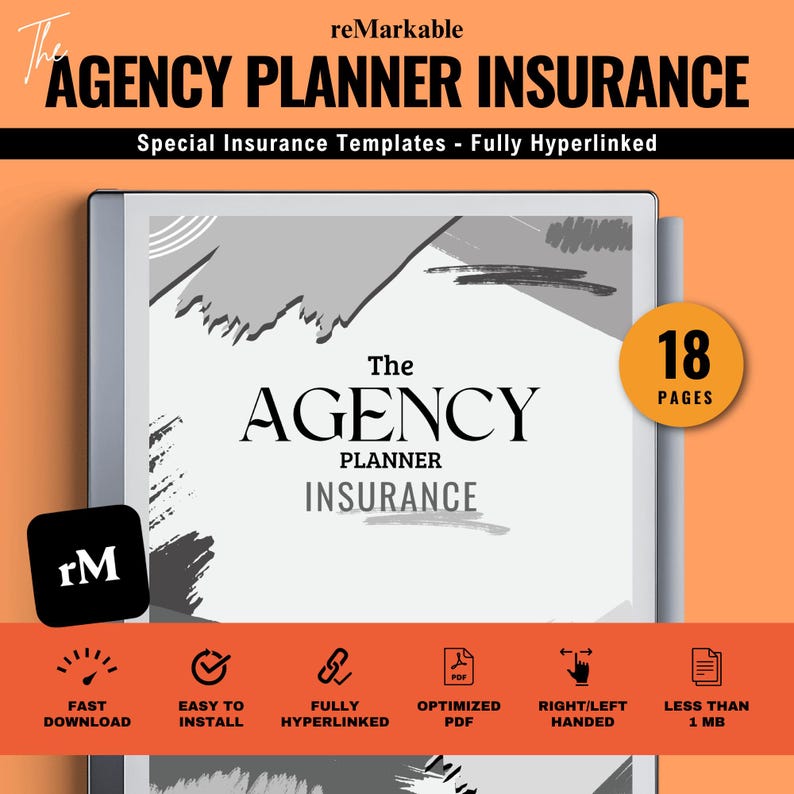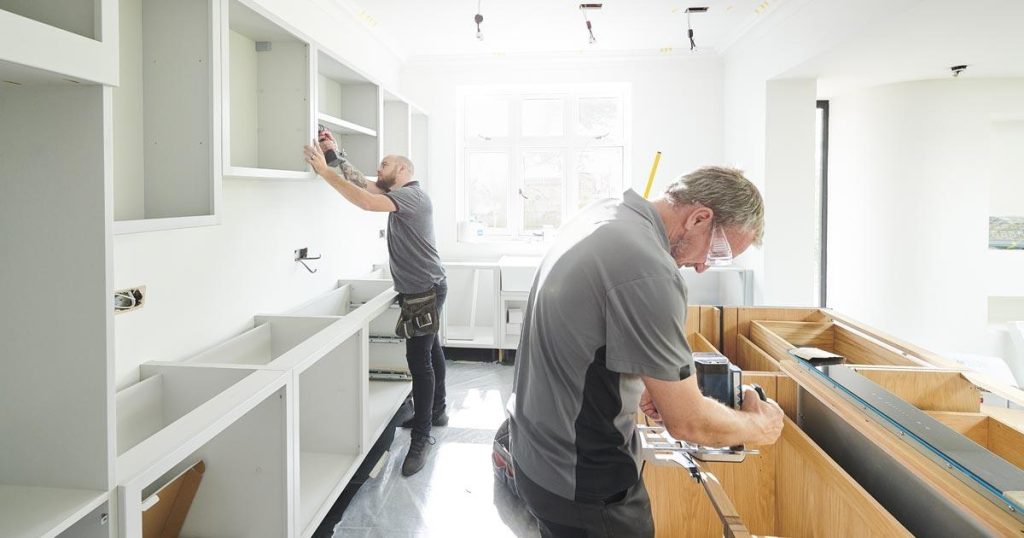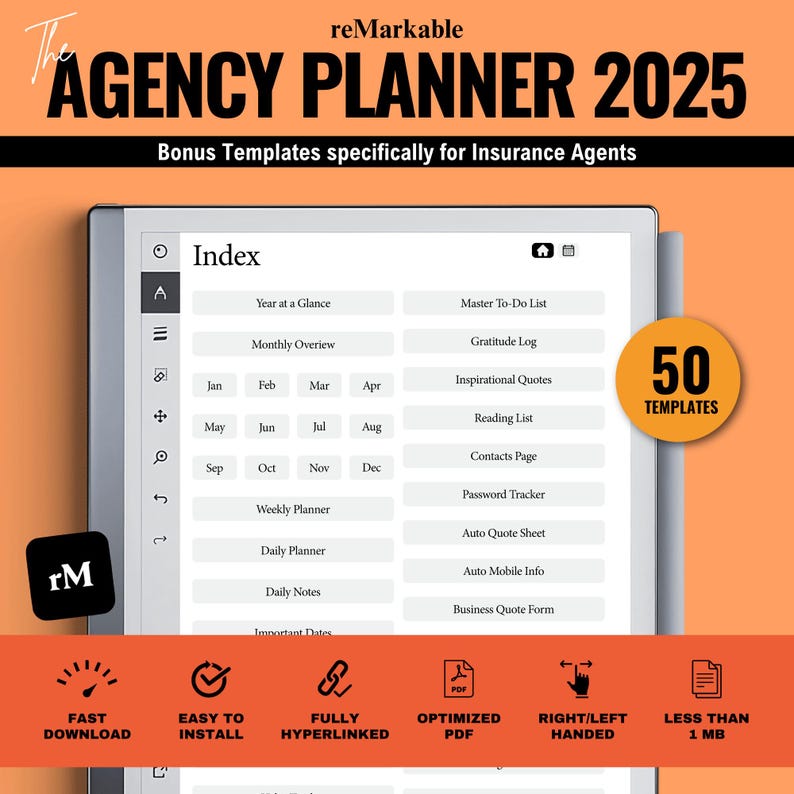When you pour your heart and soul into a project—whether it’s a commercial installation for a bustling business or a cozy setup in someone’s home—there’s an unspoken promise: that your work will stand the test of time. But life is unpredictable, and even the most carefully executed jobs can face unforeseen challenges. That’s where insurance steps in, not just as a safety net, but as a shield that protects your passion, your reputation, and your livelihood. In this article, we’ll explore the crucial differences between insurance for commercial versus home installs, helping you safeguard what matters most no matter where your expertise takes you. Because protecting your work isn’t just smart—it’s essential.
Table of Contents
- Understanding the Unique Risks in Commercial and Home Installations
- Choosing the Right Insurance Coverage to Safeguard Your Business
- How to Navigate Claims When Things Don’t Go as Planned
- Smart Tips for Building Trust and Security with Your Clients
- Closing Remarks
Understanding the Unique Risks in Commercial and Home Installations
When working on commercial installations, the stakes can feel towering. These projects often involve complex systems, larger teams, and tight deadlines, which naturally elevate the chances of unforeseen mishaps. For instance, a sudden equipment failure or an accidental system shutdown in a busy office space can lead to significant financial losses and strained client relationships. The environment itself — bustling, high-traffic areas — adds layers of risk that demand comprehensive insurance coverage, safeguarding not just your tools but your reputation and future opportunities.
On the flip side, home installations carry their own set of delicate challenges. Unlike commercial projects, every detail is deeply personal; a homeowner’s trust is intertwined with the safety and success of your work. Even a minor error could disrupt someone’s sanctuary, turning what should be a smooth upgrade into a stressful ordeal. Common risks include:
- Property damage to fragile interiors or electrical systems
- Liability for injury if accidents happen on-site
- Delays caused by unexpected complications in older homes
Understanding these unique vulnerabilities is crucial to tailoring insurance policies that protect not only your business assets but also the trust you build with every client.
Choosing the Right Insurance Coverage to Safeguard Your Business
When it comes to protecting the backbone of your livelihood, the stakes couldn’t be higher. Insurance isn’t just a safety net—it’s a shield that guards your hard-earned reputation and future. The challenge lies in pinpointing which coverage aligns perfectly with your specific business model, whether you’re operating out of a bustling commercial space or transforming a cozy corner of your home into a professional hub. Commercial insurance typically offers expansive protection, covering everything from property damage to liability claims that can arise in a public workspace. However, these policies can be pricier and more complex. On the other hand, home-based business insurance often features tailored options that take into account the unique risks and assets involved in operating from your residence, offering peace of mind without the extra overhead.
- Understand the nature of your work: High-traffic commercial installs may require broader liability clauses to protect against third-party injuries.
- Evaluate property risks: Home installs might need coverage for specific tools and equipment that aren’t included in standard homeowner policies.
- Consider business interruption protection: Essential if any disruption could halt your income stream, regardless of location.
Every business has its own heartbeat, and insurance coverage should resonate with that rhythm. It’s not just about checking boxes but about fostering resilience and confidence as you face the unpredictable realities of the field. Equipping your business with the right insurance means you can focus on what truly matters—delivering exceptional service and building lasting client relationships, knowing you’re safeguarded against the unexpected.
How to Navigate Claims When Things Don’t Go as Planned
When a claim arises, the first step is to remain calm and document everything meticulously. Taking photos, saving emails, and getting detailed notes about the incident will be your strongest allies. Remember, insurance companies appreciate clarity and honesty — so be transparent while describing what happened. Keep in mind that commercial installation claims often involve multiple parties, contracts, and compliance standards, which can complicate the process. In contrast, home install claims tend to be more straightforward but equally important to handle promptly to avoid further damage or disputes.
Empower yourself by knowing your policy inside and out. Here are key actions to take when navigating a claim:
- Notify your insurer immediately: Most policies require prompt reporting. Delays can jeopardize your coverage.
- Understand your coverage limits: Knowing what is covered — from material damages to liability — helps set realistic expectations.
- Engage a professional if needed: Consultants or legal advisors experienced in insurance claims can advocate on your behalf.
- Keep communication documented: Maintain records of all conversations and agreements with adjusters or contractors.
Navigating claims may feel overwhelming, but by staying proactive and organized, you protect not just your work — but your peace of mind.
Smart Tips for Building Trust and Security with Your Clients
Building unwavering trust with your clients starts long before the first handshake—it’s deeply rooted in the way you protect their investment and your craft. Ensuring that you’re fully insured demonstrates a commitment to professionalism and accountability that customers can rely on. Transparency about your insurance coverage reassures clients that unexpected mishaps won’t become their burden, fostering peace of mind during every phase of the project. When clients know you’ve taken comprehensive steps to safeguard their property and your workmanship, it builds a foundation where respect and confidence naturally flourish.
Beyond just policies and paperwork, trust is nurtured through consistent communication and clarity on what insurance actually covers. Consider sharing with clients how commercial insurance differs from home install coverage—explaining how each policy adapts to the unique risks involved. You can strengthen this relationship by highlighting these elements:
- Liability protection that shields against unexpected accidents
- Equipment coverage to guarantee uninterrupted service
- Worker’s compensation to ensure safety and care for your team
- Customized packages tailored specifically to each project’s needs
This approach transforms insurance from an abstract concept into a tangible form of care you provide, making clients feel valued and secure every step of the way.
Closing Remarks
At the end of the day, your work is more than just a job—it’s your passion, your craft, and your livelihood. Protecting it with the right insurance isn’t just about paperwork; it’s about preserving everything you’ve poured your heart into. Whether you’re handling a bustling commercial installation or working within the comfort of a client’s home, having the right coverage brings peace of mind when the unexpected happens. So take that extra step, invest in protection that matches your unique needs, and keep doing what you love with confidence. Because your hard work deserves nothing less than the best shield possible.

